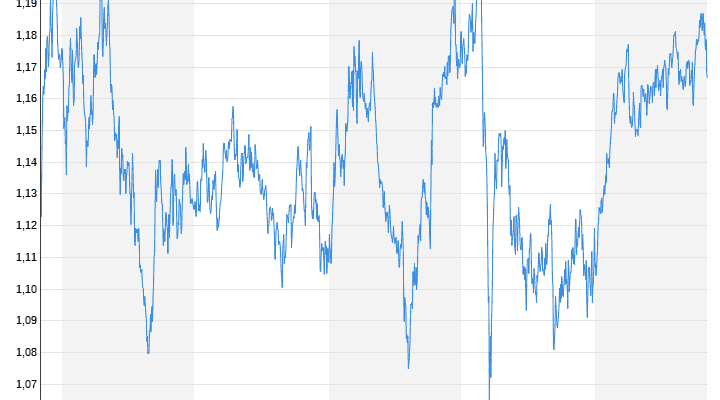Friday 5th November 2021
Is that enough for haute cuisine?
Economists estimate James Bond’s salary
Secret agent 007 looks very wealthy. He loves good food and luxury. That’s his trademark. But can the fictional character James Bond really afford this way of life as a civil servant? A study has looked into this question.
He has a penchant for fast cars, expensive hotels, and good food. Luxury is a trademark of James Bond. But how does he finance it? Is a British secret agent’s checkbook really big enough for this exclusive lifestyle if he can’t account for his expenses as expenses?
As is well known, studies stop at nothing. Some deal with profound things, some are boring, others may not have a lot of depth, but are entertaining. The analysis “License to Dine: 007 and the real exchange rate“of the National Bureau of Economic Research belongs more to the latter category. The authors have investigated exactly this exciting question: What can a James Bond really afford?
To answer that, the economists created data sets for salary estimates and calculated the costs for the many visits to predominantly French restaurants. The calculations were based on grade 7 in the British civil service, which is supposed to correspond to the position of James Bond according to the study.
He “ate often and well,” as Ian Fleming, the author of the novel and inventor of the character, wrote. Therefore, the authors researched all the names of the restaurants mentioned in the Bond books. Many of them are located in France and are listed in the Michelin Guide. Based on the prices that can be found there, the expenses for Bond’s restaurant visits were extrapolated.
It is obvious that the purchasing power of the various 007 figures has declined over time. The figures could therefore live on feet of different sizes. Lifestyle should have suffered – at least in theory – especially since the introduction of the euro in 1999, since then the pound has depreciated significantly.
“As measured by a luxury shopping cart that includes a weekly dinner and wine for two in a French restaurant, Bond would have paid 18 percent of his salary early in his career, that is, during the Fleming era of the 1950s and 1960s issued “, quoted the US finance portal Bloomberg from the study. The economists always based their calculations on current exchange rates.
In the euro era, this proportion rose to an average of 26 percent. As of 2019, Bond even “needed a third of his salary to eat well on a regular basis in France,” the study continues.
Fleming revealed the actual annual earnings in 1955 in “Moonraker”: At that time Bond earned 1,500 British pounds. That was 3.5 times the average annual income. In their study, the authors assume that his salary as a public servant was increased by an average of 6.3 percent annually until 2019. That would roughly correspond to the average price increases for food, they say. A compound interest calculation shows that the bond from 2019 had an annual income of 74,854 pounds, the equivalent of around 87,200 euros.
Even if Bond had received additional bonuses or dangerous bonuses on the route, the authors write, he would still have had to spend an average of 21 percent of his income between 2002 and 2019 for a luxurious dinner à la 007 for two people. For normal people a way of life that cannot be financed, the authors state. For a bon vivant like Bond it is different, “after all, he does not save for orthodontics or the education of his children”. Your conclusion is therefore: He could really live like this, but it is unlikely. In the end, James Bond is fiction.
